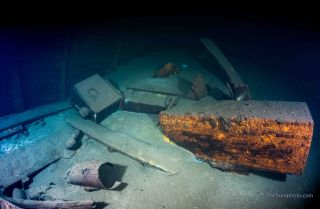The Lost Treasure
Name and location: The Amber Room
Style: Baroque
Architect: Originally designed by German Baroque Sculptor Andreas Schlüter and Danish amber craftsman Gottfried Wolfram
Original Year completed: 1716
Reconstructed: Began in 1979 and installed at the Catherine Palace, Russia in 2003





